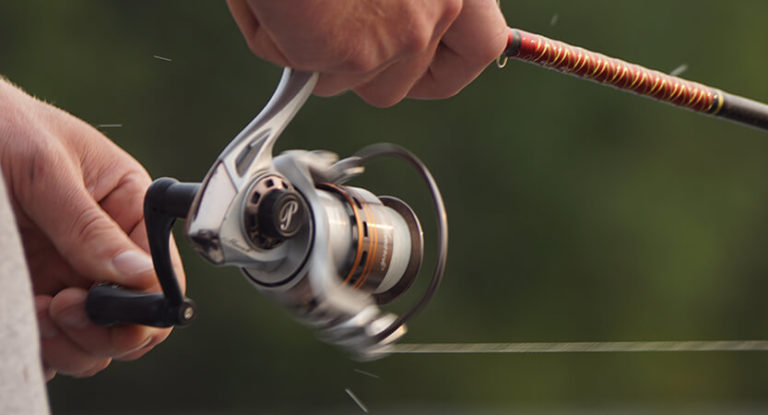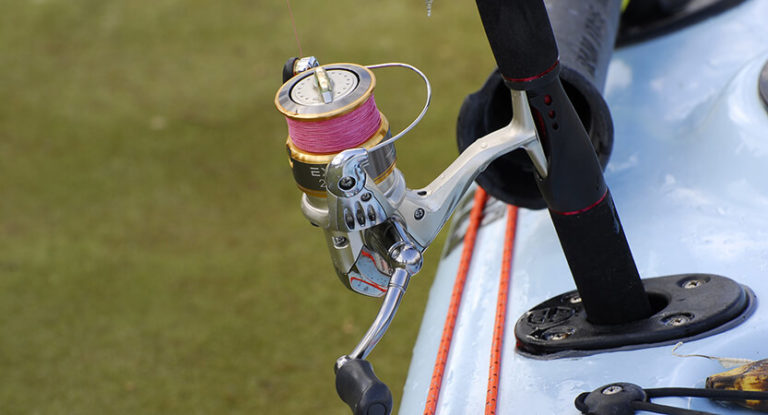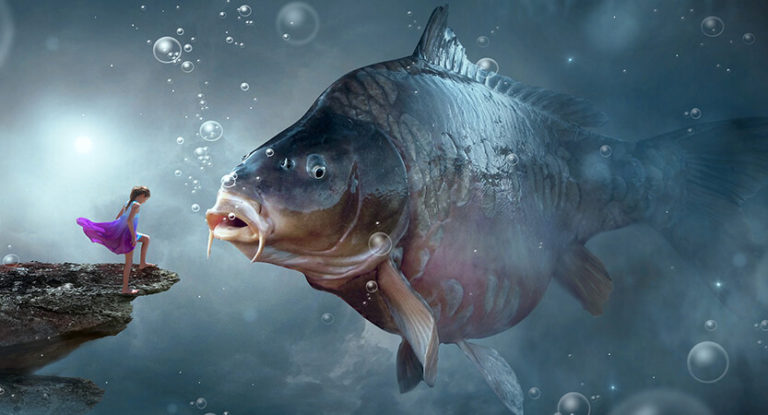Beautiful, bright fish of the carp family. Very popular with anglers, because it responds to various baits and gear.
Here is an overview of the content of this tutorial, feel free to jump to any section you care about:
For more fishing instructions, take a look at these popular Trizily links: Smelt Fishing, Rainbow Trout Fishing.
- The 7 best spinning reels 2022
- The 7 best baitcasting reels 2022
- The 9 best fishing lines 2022
- The 7 best spinning rods 2022
Rudd Fishing
Characteristics of rudd
The maximum dimensions can reach 2 kg and a length of about 40 cm. Despite the “typical” appearance characteristic of “peaceful” fish, at certain periods it becomes an active predator. In the summer, it feeds on flying insects.
Reproduction habits
Mature fish becomes 3-5 years old. Spawning takes place in April-June. Caviar spawns on water plants, sticky caviar.
Rudd fishing guide: Techniques, bait and gear
Rudd fishing techniques
Due to the wide range of their food cravings, rudd is caught in almost all popular types of freshwater fishing in all seasons. The rudd is caught on both animal and plant baits; on summer and winter freshwater shrimp (Gammarus); on various imitations: flies, micro-wobblers, small spinners and more. A variety of fishing methods are also associated with this: fly fishing, spinning, float and bottom gear, summer and winter ice fishing rods.
Catching rudd on a fishing rod
The most popular fishing for rudd, is fishing on float gear. When choosing gear, you should pay attention to delicate gear, with thin leashes and medium-sized hooks. The use of floats for shipping about 1 gram is recommended. When fishing from the shore, in most cases, long casting is not needed. The size of the rods is enough, with the help of which, you can grow to the border of coastal vegetation. The use of “long casting” rods is possible if you need to cast to distant fishing points at distant islands of vegetation.
Catching rudd on bottom gear
The rudd responds to bottom gear. For fishing, there is no need to use rods to cast heavy sinkers and feeders. Fishing on bottom fishing rods, including a feeder and a picker, are very convenient for most, even inexperienced anglers. They allow the fisherman to be quite mobile in the pond, and because of the possibility of point feeding, quickly “collect” fish in a given place. The feeder and picker, as separate types of equipment, currently differ only in the length of the rod. The basis is the presence of a bait tank-sinker (feeder) and replaceable tops on the rod.
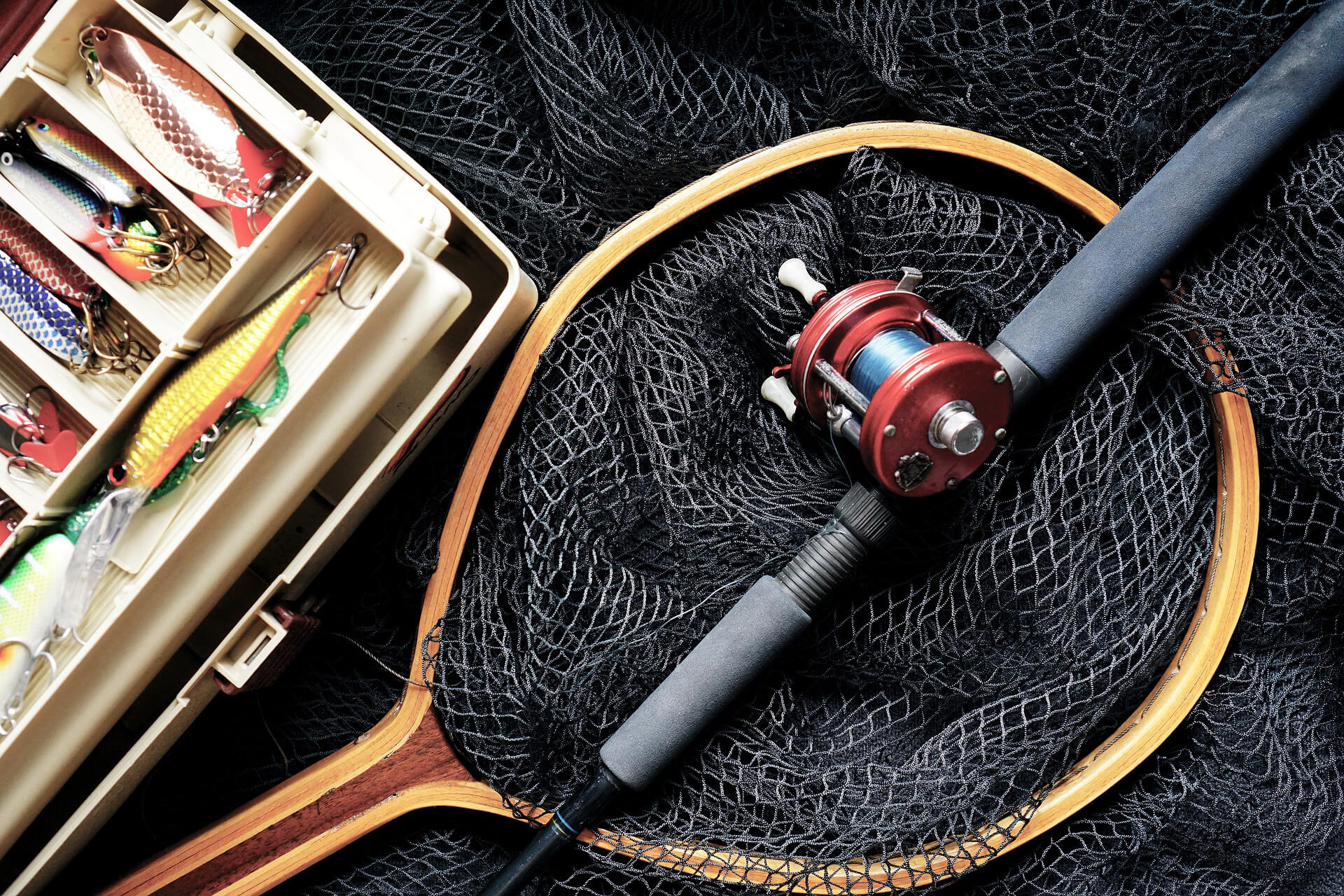
The tops vary depending on the fishing conditions and the weight of the feeder used. Nozzles for fishing can be any nozzle, either of vegetable or animal origin, and pasta, boilies. This fishing method is available to everyone. Tackle is not demanding on additional accessories and specialized equipment. This allows you to fish in virtually any water body. It is worth paying attention to the choice of feeders in shape and size, as well as bait mixtures. This is due to the conditions of the reservoir (river, pond, etc.) and the food preferences of local fish.
Redfin fishing
Redfin fishing is a special excitement and sportiness. The choice of gear does not differ from those used for catching other medium-sized fish in the rudd habitat. These are one-handed rods of middle and light classes. The fish lives in calm waters with a large number of underwater and surface vegetation, while being very careful. Therefore, you may need to use floating cords with a delicate presentation. Fish are caught on medium-sized baits, both from the surface and in the water column.
Spinning for rudd
Spinning fishing for rudd is so fascinating and popular that many anglers consciously switch to catch this fish, instead of the more traditional perch, pike and others. This is an excellent fishing object when fishing for light and ultra-light gear. Spinning rods with a weight test up to 7-10 g are suitable for this. Specialists in retail chains will recommend a large number of micro-wobblers and other lures. The choice of cord or monolesque depends on the desires of the fisherman, but the cord, due to its low extensibility, will enhance the manual sensation of contact with the biting fish. On the choice of lines and cords, in the direction of a slight increase from the “ultra-thin”, may be affected by the fact that “deaf” hooks for the vegetation of the reservoir are possible. The reels must fit, in weight and size, to a light rod.
Rudd fishing bait
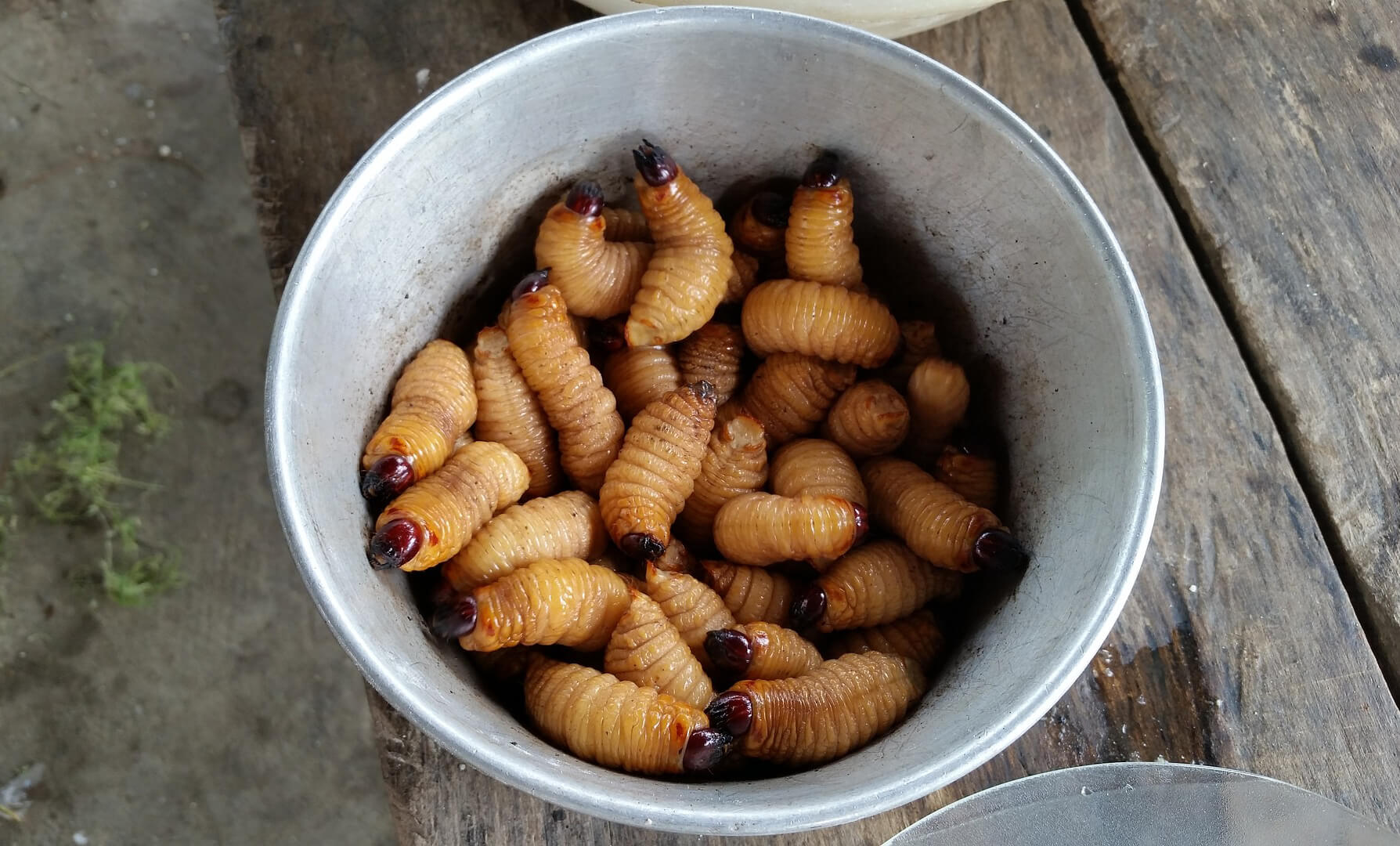
For fishing on bottom and float tackle, traditional baits are used: animal and vegetable. Worms, maggots, bloodworms, various grains, “trowels”, filamentous algae, etc. are used for nozzles. It is very important to choose the right bait, which is added, if necessary, animal components. Various traditional lures are used for fly fishing. Most often they use small ones, on hooks No. 14 – 18, imitating food familiar to the rudd: flying insects, as well as their larvae, in addition, underwater invertebrates and worms. The rudd also reacts to imitations of juvenile fish; small streamers and “wet” flies are suitable for this. For fishing on a spinning rod, a huge number of different lures are used, ranging from silicone, all types of spinners to various wobblers. Large rudd can respond to larger baits, but basically, all baits are small in size and weight.
Rudd fishing place
Fish is common in Europe and Asia Minor and, in part, in Transcaucasia. Fish prefers bays for floodplains, dull channels and other parts of water bodies where there is no significant flow, or it is absent. More often, fish can be found in shallow overgrown places, including at the coastline under the crowns of trees and shrubs. The choice of fishing gear may limit the presence of underwater vegetation in the places of rudd.

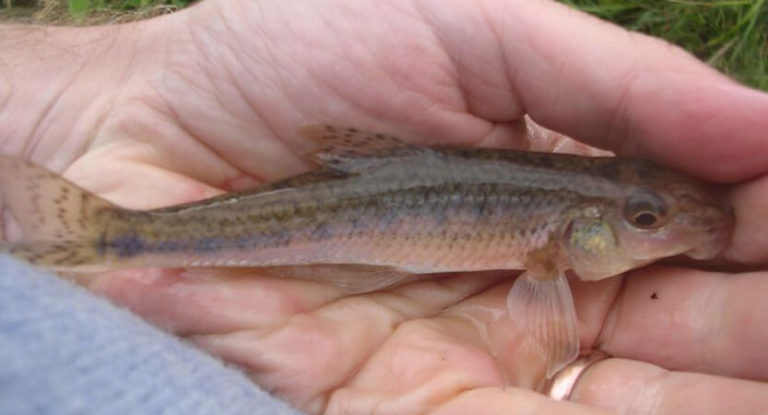
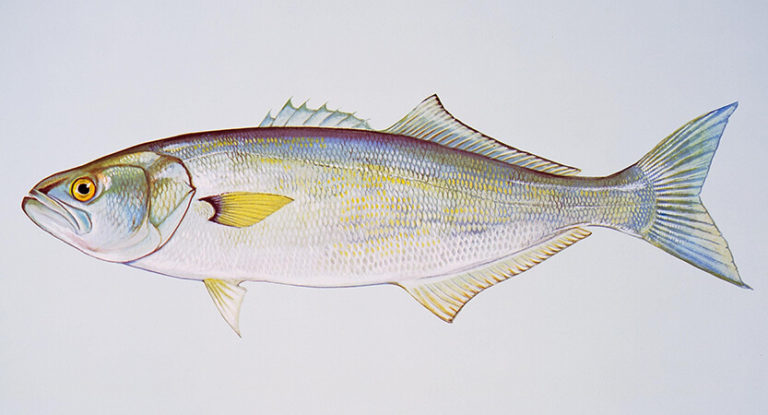
![The 10 Best Fishing Backpacks in 2023 [Detailed Guide] 5 The 10 Best Fishing Backpacks in 2023 [Detailed Guide]](https://trizily.com/wp-content/uploads/2022/03/best-fishing-backpacks-768x768.jpg)
